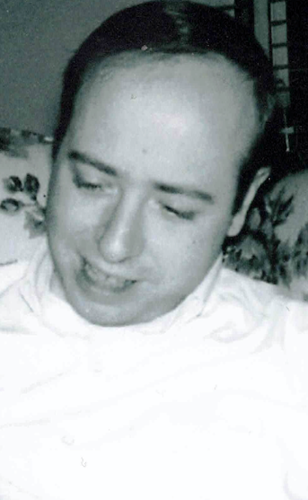 |
Raphael 'Ray' Soifer Green Valley, AZ QCWA # 14605 Chapter 77 |
Raphael Soifer passed on March 1, 2022 at the age of 79. He is survived by his wife Margaret, two sons, Brian and Don, and two grandchildren. There will be a small gathering of the immediate family to recognize his passing. Ray supported the Michael J. Fox Foundation for Parkinson's Research while he was alive and in lieu of flowers a small donation directly to that fund is preferred.
Ray was born in Manhattan on February 7, 1943 to Samuel and Esther Soifer. Ray graduated from Bronx High School of Science and achieved great heights in the field of radio electrical engineering while a student at Massachusetts Institute of Technology in its Class of 1963. Ray earned a Harvard Business School MBA in 1965 and pursued a career in finance. During his career Ray was frequently cited in the media as a source of banking news commentary and was a top ranked banking analyst.
Ray rose to national prominence as a 16-year-old at MIT, where he was a lead engineer behind an initiative to bounce radio signals off of satellites. Ray was featured in Time magazine in 1960, where he was described as a "blonde bespectacled freshman" who worked in tandem with a fellow ham Perry Klein, to obtain satellite path records from the Smithsonian Astrophysical Observatory, of both US and Russian satellites. Ray proceeded to identify satellite paths that were accessible to his radio equipment and demonstrate the capability of bouncing radio signals off the wake of the satellites. This was considered a remarkable achievement at the time among the backdrop of the space race and was featured in the national press and on newsreels shown before featured films.
The OSCAR I satellite that this group of undergraduate students launched into orbit in 1961 was the world's first nongovernmental satellite launched into orbit of the earth, and is currently housed in the Smithsonian Air and Space Museum.
Soifer and Klein went on to found AMSAT, the Amateur Radio Satellite Corporation, the nation's preeminent organization for shortwave radio enthusiasts.
Ray's career in finance was also recognized in the media. He achieved senior executive roles at Bankers Trust and Brown Brothers Harriman and was frequently written up in publications like the Wall Street Journal, Institutional Investor, and Euromoney. Ray created the "Harvard MBA Stock Market Indicator" and publicized the annual results to the financial media. The Harvard MBA Indicator offered a contrarian market perspective, based on the percentage of Harvard MBA grads who opted to pursue Wall Street careers. This indicator famously offered Sell signals in 1987 and 2000, which were both terrible years for the stock market.
Ray loved to reflect on his first job, where at the age of 16 he was hired to adjust the radio beacons at the old Hancock Tower in Back Bay, Boston. Due to his renown at radio engineering, the local radio stations hired Ray, when he was a sophomore at MIT, at the sum of $50 per week, to attend to the radio towers. Ray was thrilled to commute from Cambridge to Back Bay to perform the work and enjoyed the privilege and responsibility for carrying keys to the bathroom at the Hancock tower.
Ray resided in Green Valley for 20 years and lived and worked in the New York City area prior to that. Ray was active in the radio community and carried an enthusiasm for radio engineering since his teen years in NYC into his time at Green Valley. Ray had a keen sense of humor and will be missed by his friends and family.